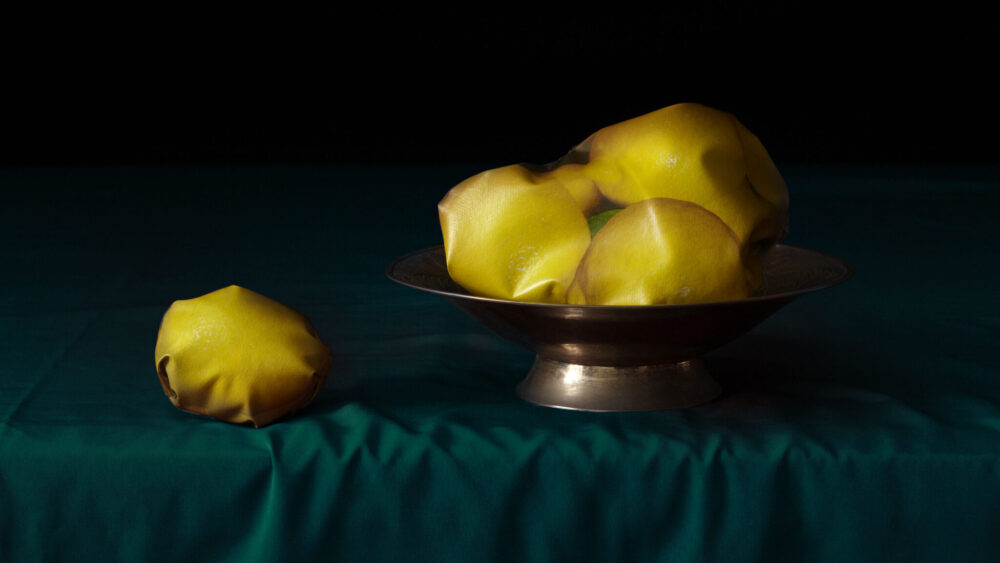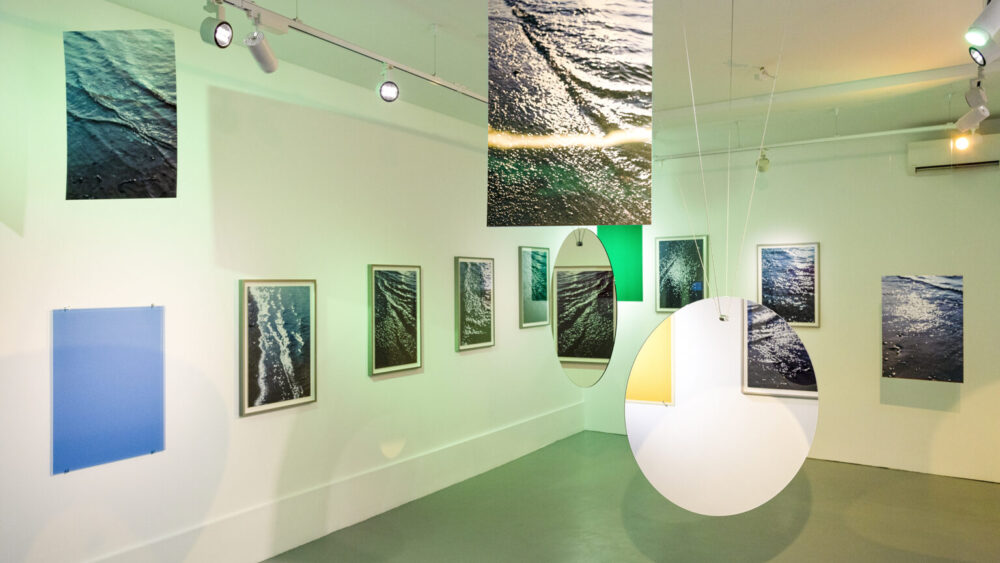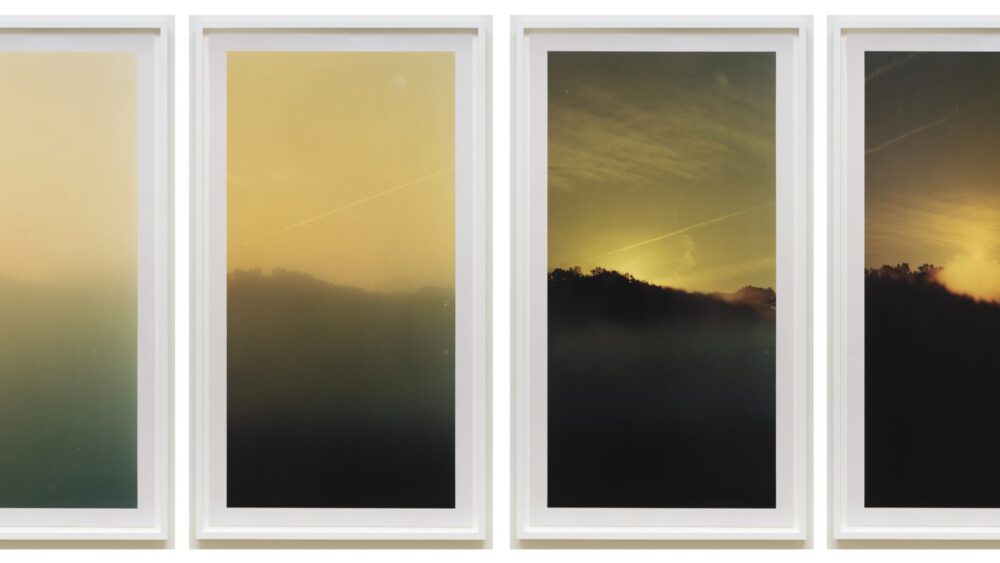Fictional realities. Interview with David Bate
From 27 September to 26 October, the Pallas Gallery in Tartu will host Modern Times, an exhibition of photographs by British photographer and renowned photography historian and theoretician David Bate. He is also the author of several books, including Photography: The Key Concepts (2009), Photography as Critical Practice: Notes on Otherness (2020), and many others, in which he approaches photography from various perspectives—social, historical, aesthetic, and more. Currently, he is a Professor of Photography at the University of Westminster, London, UK.
The exhibition consists of two series by Bate. The project Machinic Unconscious addresses the effects of the Covid-19 ‘lockdown’ experience, living with a broken digital screen as emblematic of fractured social relations and the desire for connection. SOT, an acronym for Singapore-on-Thames, presents a newly redeveloped area of South London, juxtaposing the ideal of Singapore as the ‘background’ model for a new London, a fantasy redevelopment.

Please tell us about your exhibition Modern Times. Why are these two projects exhibited together?
The two photo works present a personal perspective on the changing dynamics between the technology of everyday life and photography. Using photocollage and montage, the two projects embody different approaches to ideas of social space, the new so-called ‘network society,’ and similarly, new urban ‘heterotopia’ redevelopments in London, UK. Thinking of images and space as a collage is not just a metaphor but a literal experience of the intersections between personal and public life. Social time and screen time collide in new fictional realities.
In 2011, your photography series Zone was created in Tallinn, and now the exhibition is in Tartu. Apart from your frequently mentioned interest in Andrei Tarkovsky’s film shot in Tallinn, what else connects you with Estonia? Have the other Baltic countries also caught your attention?
In Tallinn, I was working as a visiting professor, so I visited the city regularly at that time. I completed several projects there, not only Zone, but also Shopping Complex, Institutional Spaces, and Touristicus, which focused on the influx of tourists. I felt I had developed enough of a sense of the place to create work there. Since then, I have been involved with the ISSP summer school in Riga and have visited the Art Academy in Vilnius several times through an exchange program, but never long enough to undertake a photographic or other project. However, my experiences in the Baltic region have been really important to me—refreshing, particularly through the experience of students, staff, and the arts and culture, as much as I can understand it through my ‘English’ sensibility!
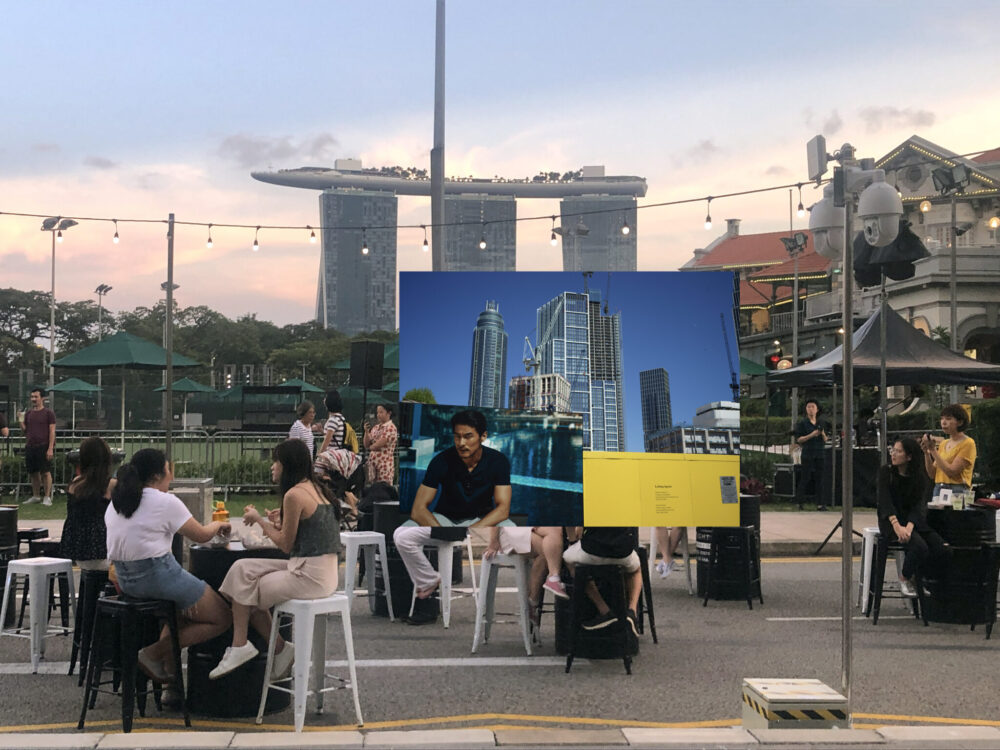
Many of your books are on photography students’ bookshelves. Which authors, books, and theories have shaped your photographic thinking?
It would be hard to list them all, as there are so many, but as writers (not just theorists), Roland Barthes and Julia Kristeva were important to me. I hardly paid much attention to what many (though not all) photographers said about their work because I preferred to find my own way into the images. I belong to a generation where reading theory ‘parallel’ to photography (i.e., not specifically about photography) was really important, so I still mostly read across sociology, philosophy, critical psychoanalysis, and, more broadly, themes around contemporary culture. I read Jacques Rancière’s work with both interest and skepticism. Right now, I am particularly interested in conceptions of time. Rancière’s recent book Modern Times, which references Charlie Chaplin’s great early 20th-century film of the same title, is an obvious reference for my exhibition title, although the content is quite different. I am also interested in the new wave of feminist criticism, which is particularly sensitive to ‘affective’ theory, though this has yet to significantly influence photography theory.

Your work bridges both theory and practice. How do you balance the theoretical and the creative when engaging with photography personally?
It is often hard to find the time to ‘balance’ these activities. Maybe that’s why I’m so interested in time these days! As for theory, I believe that if you truly engage with it, you don’t need to consciously think about it when doing photography—it will naturally emerge in the work. It’s like when you overthink how to do something, like using chopsticks—you instantly forget how, and it gets messed up! I align with what William Henry Fox Talbot said at the dawn of photography: photographers must really learn to look at their pictures after they have made them. Walter Benjamin also said something similar—that the ‘illiterate of the future’ will be those who cannot ‘read’ a photograph intelligently.
What has been your biggest surprise in photography lately?
I am constantly surprised by how technology can support such innovation as I see around me, produced by some people using old photography in new ways or new photography in ways that were unintended. This is good news for the future, as long as they are not all crushed by the juggernaut of art establishment values or the grievance and resentment-minded social media culture. It is also really exciting to see the new work coming out of different parts of Asia and Africa.
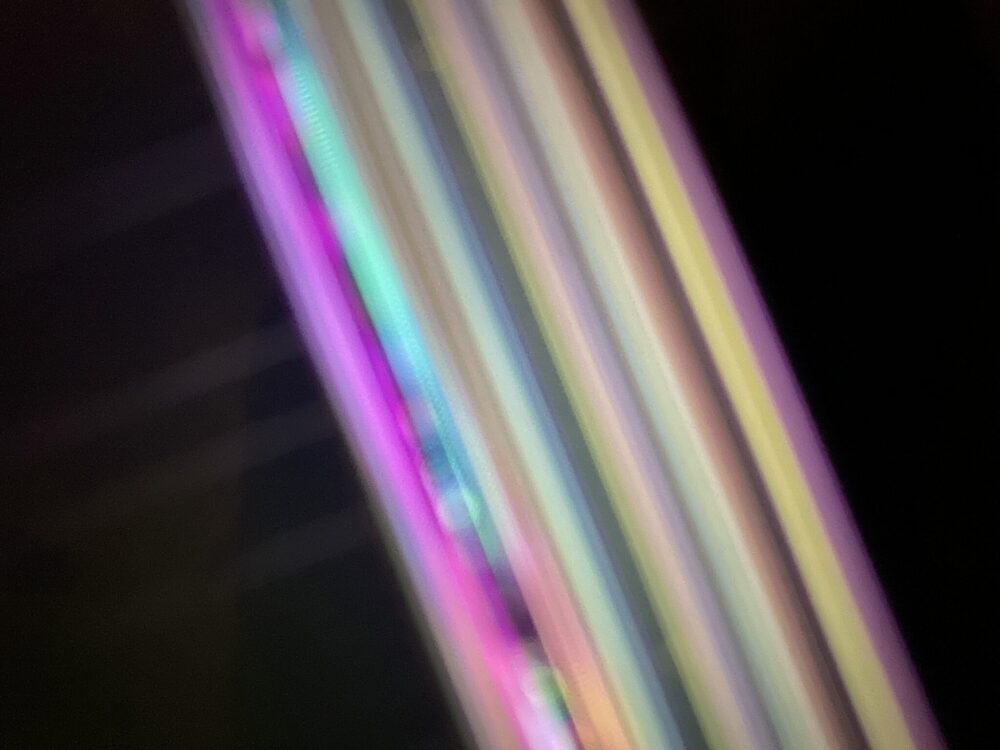
What do you think will be the main trends in photography in 50 to 100 years?
One of the perhaps surprising things is that, despite all the so-called media ‘convergence’—where most cameras can capture both still and moving images—the passion for images that do not move remains strong. It is as though there is something about stasis, the absence of movement, that human culture wants to hold on to, regardless of whether we will call this photography in the future. Here in Tartu, I have been giving some talks, and one of them was on Virtual Photography, otherwise known as CGI: computer-generated images. This domain of generating pictorial images from computers has gained attention with ChatGPT and other language-based generative image software, and this area is likely to grow, as it is already part of the gaming industry (in-game photographers) and product generation in commercial photography. Artists are also using these techniques. Beyond this ‘gamification’ of the world and the growth of AI virtual imaging systems—already at work in our cameraphones—it is hard to guess what the ‘content’ of these new forms will be.
What are your creative plans for the future?
Most of my visual works have been interested in the ‘dialectical image’ (Walter Benjamin), but the subject matter has changed over the years, from sexual difference to social difference, culture, and subjective difference, and now to spatial and temporal conflicts. I’ve become a bit more interested in narrative forms, perhaps because of the photobook, which I now think of as a more primary form than exhibitions. We will see!

